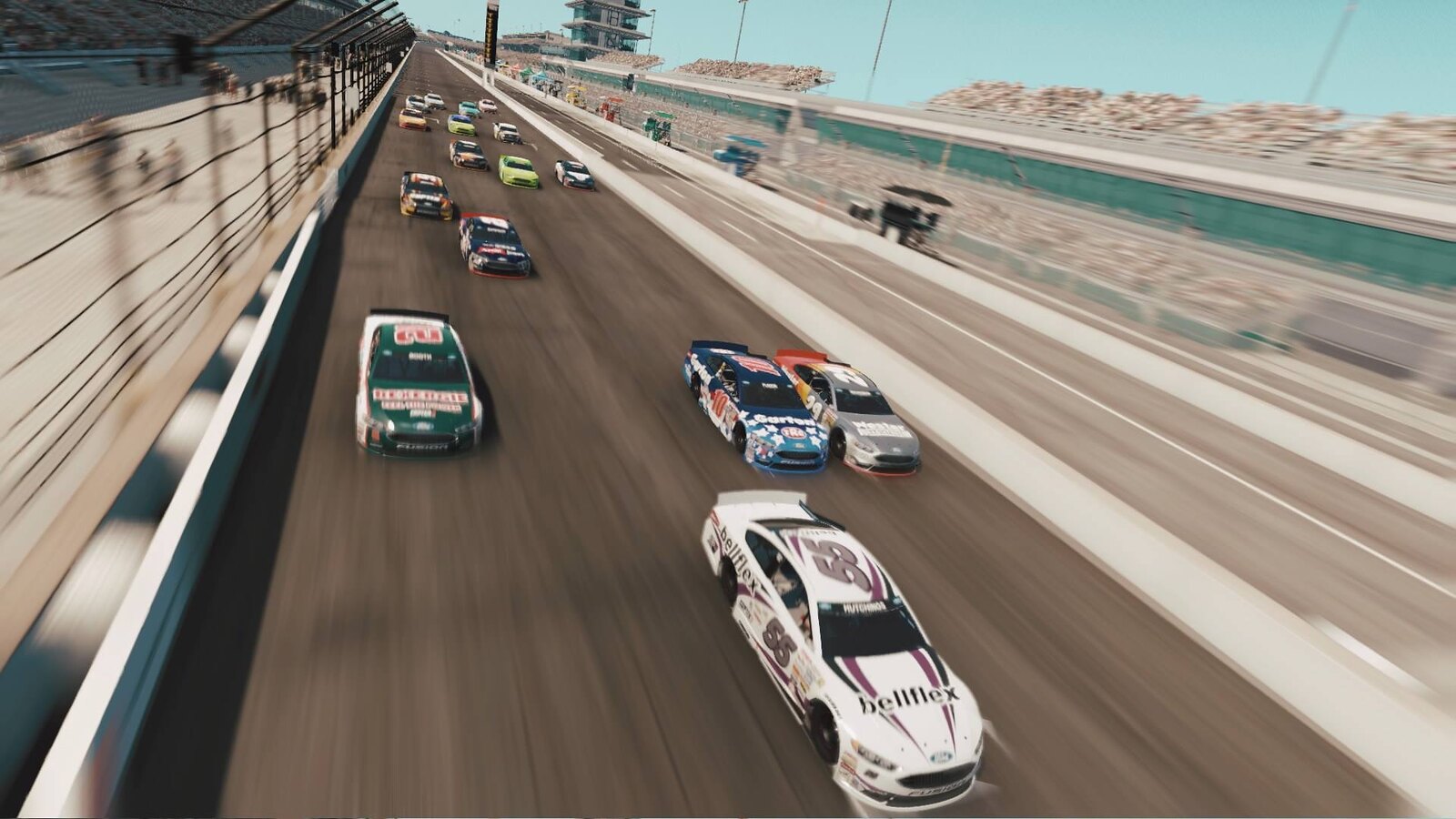
Before doing the experiment, let's get to know about oval racing because most drivers believe that oval racing is all about turning left, go flat out, and it's easy to win because it's oval but the reality of this oval racing scenario is whether if you're with the pack of cars bearing the same amount of power, real skill is needed to master oval racing.
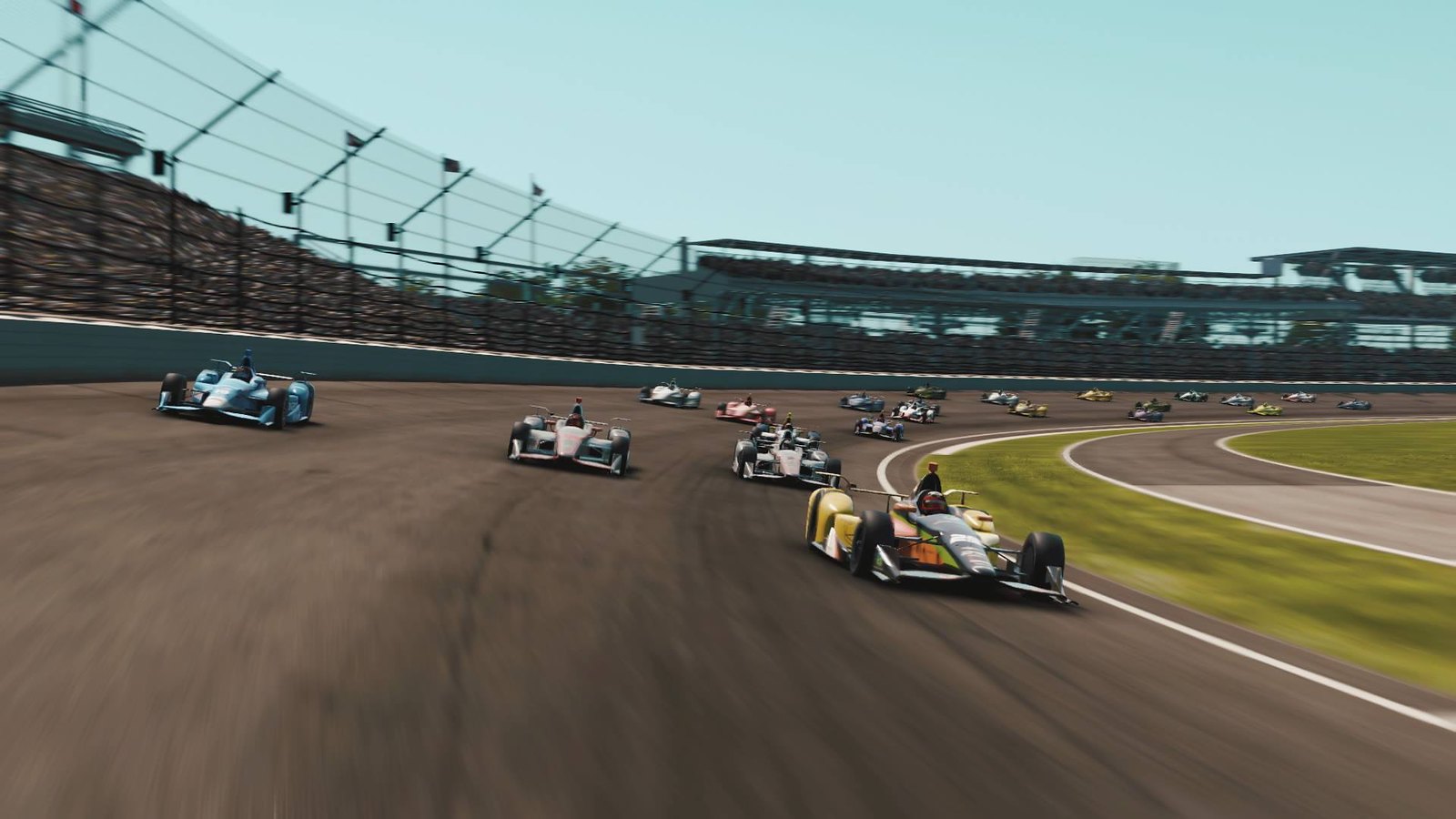
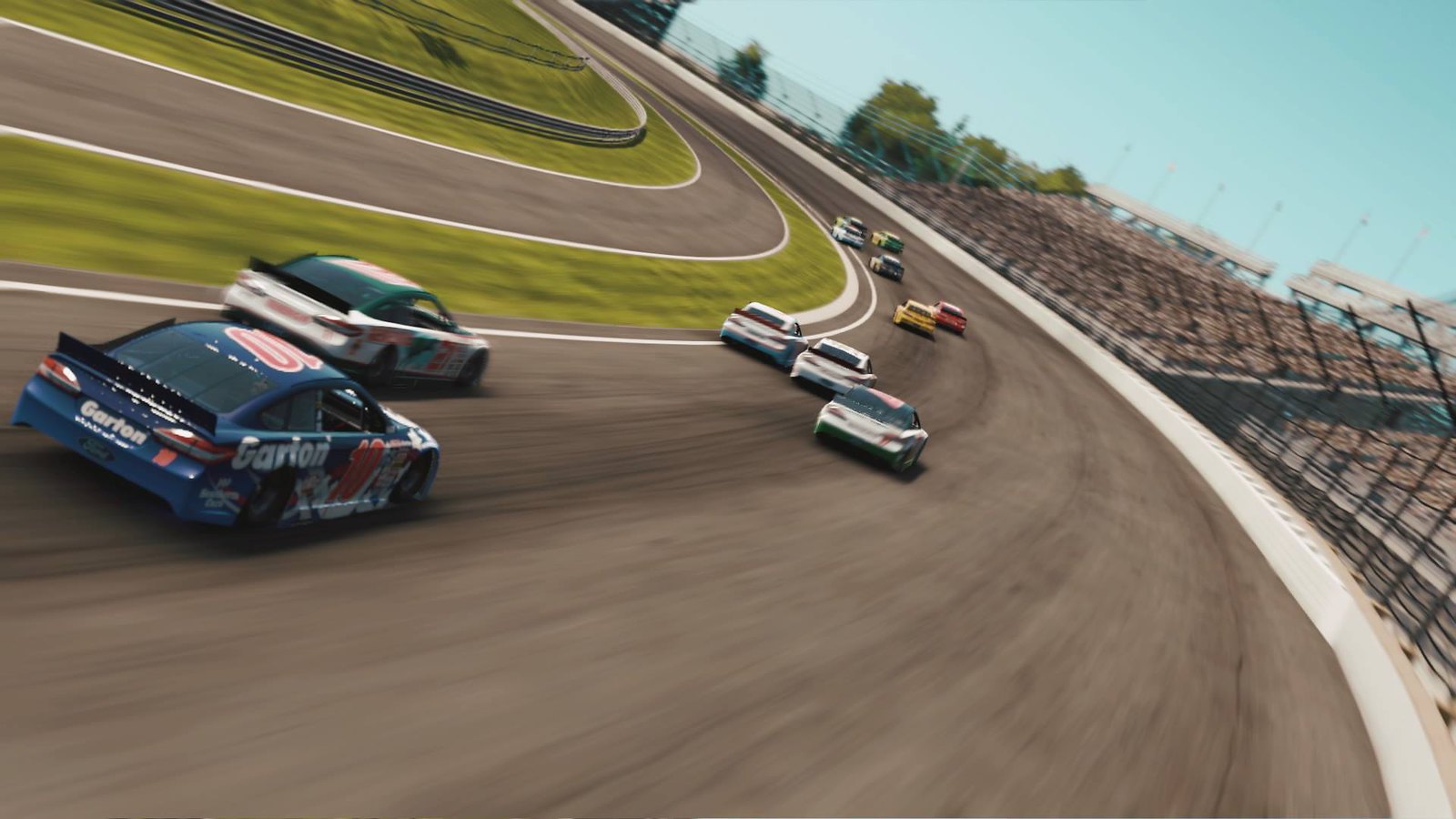
Oval racing, especially in this segment of the Indianapolis Motor Speedway, is different than road racing because it involves racing side by side and taking advantage of the cars' aerodynamics to do some slipstreaming, making it a close-quarters combat between one driver to another. The cars used in such format are modified for oval racing use and it involves stiffening the right side of the car because left turns shift the weight to the right of the car, making it very challenging to master even when you got overtaken by the next person or trying to avoid the inevitable "big one". Even if you're in the lead, concentration is a must in oval racing because it's hard to predict the outcome when your rivals are closing in fast on you.
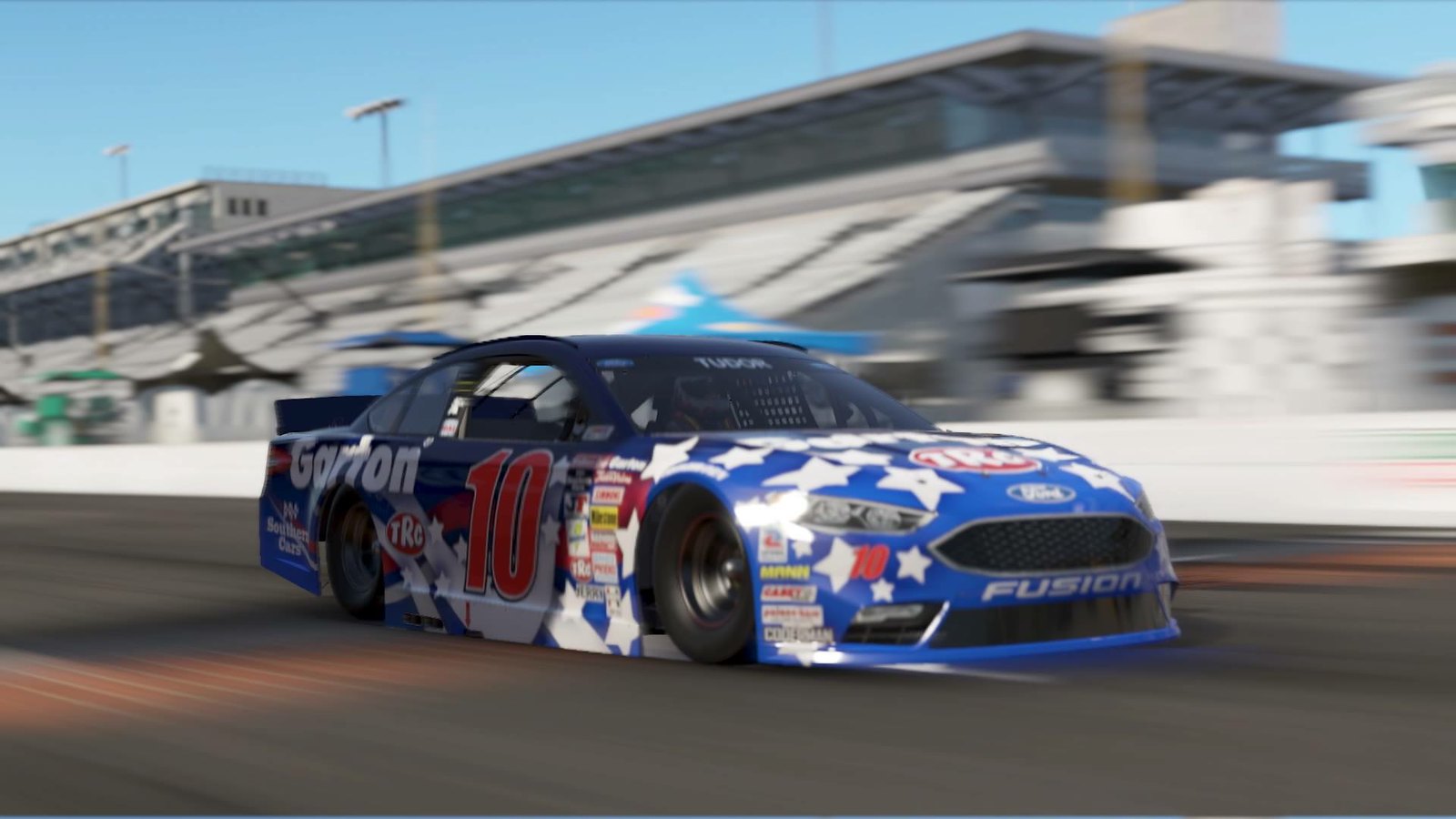
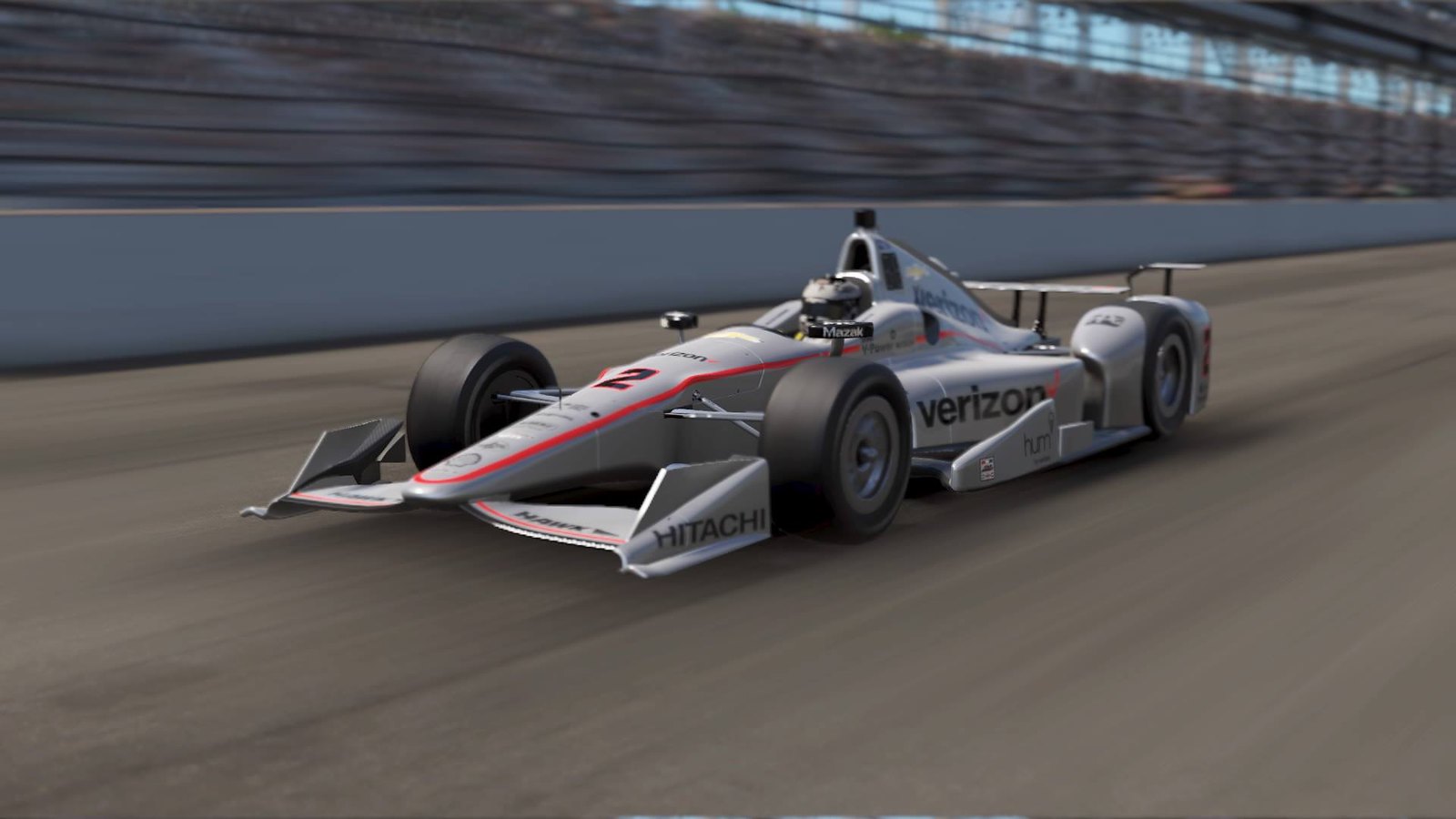
Oval racing has become America's pasttime next to MMA, American football, and Baseball, and whether if you're a fan of such sport, there's a clear difference between the cars I've lined up for this experiment. Here, I have a Ford Fusion stock car that was used on America's popular oval racing series and a Chevrolet-powered IndyCar that was modified for, you guessed it, oval racing, especially the prestigious INDY 500. Yes, both these machines are made for this kind of format but the question is, how different are these machines? To find out, I did a little experiment on these two oval-focused machines, just to get a glimpse on their differences.
Driving on what is known to be the venue for the legendary INDY 500 race event, the stock car I'm driving is all fast on straights but struggling to keep up on corners and as I went to the bottom half of the track, I did some braking to make sure it goes through or risk getting stuck in the walls like a fly in a flypaper. The IndyCar, made for this track on the other hand, is surprisingly fast and lighter than the stock car and with that, no braking is necessary on the bottom half of the oval track, although there are some parts of the corners that requires slowing down. Mastering these oval-focused cars can be downright rough, especially if you're in a pack of other cars, but in the process of this experiments, there are differences between these machines and by such demonstration, the difference between a stockcar and an oval-focused IndyCar is almost five seconds apart. A five-second gap is a clear difference between the two on an oval track like this.
With that little experiment taken care off, time for me to get some rest because I got some two oval race events to catch up while in a middle of a certain Grand Prix race happening somewhere.

No comments:
Post a Comment